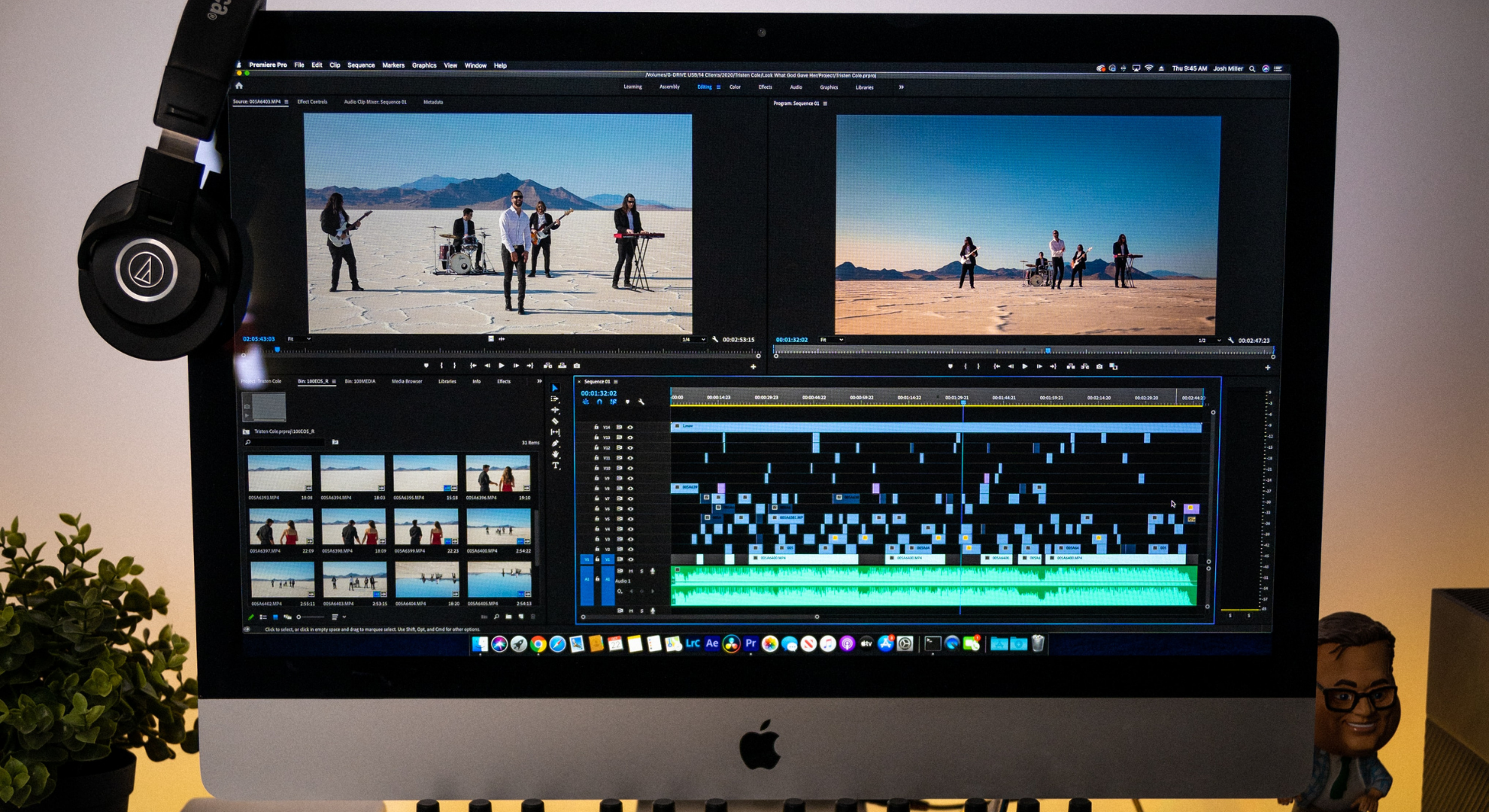
Also, each time you hit either J or L, it will playback your video at a faster speed. These are the most fundamental commands you can do in Premiere, the letter J will reverse the playback on your timeline, K will pause the playback, and L will play your timeline forward. Rather than trying to scroll down your timeline with your playhead, this shortcut saves a lot of time. If you need to quickly move from one clip to the next on your timeline, by using the up and down arrow keys you can jump from each endpoint of a clip to the next. You can also create a new sequence by hitting command N, and a text box should appear for you to start a new sequence. These next two shortcuts are super simple, if you just need to create a new bin in your project window, hit command B and a new bin will appear. & #6. New bin – Command B / New Sequence Command N This saves a ton of time not having to nudge a clip exactly into place and trying to make sure there’s no gaps in between the clips. Then when you add a new clip next to another one it will snap into place. To turn this on, you just need hit the letter S on your keyboard. One of my favorite features of Premiere is the snapping tool.

Then simply drag and drop the clip onto your timeline, and it will only bring the section that you marked with the in and out points onto the timeline. For example, maybe you just need the first 5 seconds of a clip, you can set in and out points by using the letter I and O buttons on your keyboard. This is a great way to grab a specific part of a clip that you want. No, not talking about the restaurant In and Out, I’m talking about marking your clips with In and Out points. I use this pretty much every time I’m editing, and it makes shifting clips through my timeline super easy. If you need to select clips on your timeline and move them around easily, you can hit the letter V (V as in Victor) on your keyboard to bring up the selection tool. But there’s an even easier way to cut clips, which I’m going to show you towards the end of the post, so stay tuned for that. And if you also hold down the shift key, you can cut multiple clips on different layers at the same time. This is a tool that I use a lot, and if you want to get precise on cutting at a specific point in your timeline you can press the letter C (as in cat) on your keyboard to be able cut a clip. The Razor Tool (C, Also Shift-C for Multi layer cutting)

So please consider following my blog, and subscribing to my YouTube channel if you don’t want to miss any of those! Alright, let’s get right into the 10 best shortcuts: To perform the edit to the Out point, press W.On this blog I post tutorials like this one on Premiere Pro and Photoshop, as well as tips and tricks for Freelancing.To perform the edit to the In point, press Q.Top and Tail editing allows to trim the In or Out point of a clip to the playhead along with rippling all adjacent clips in the timeline after the edit is performed. Down Arrow Key : Move to right track item from the current track item.Up Arrow : Move to left track item from the current track item.Press it again to return to your initial zoom level Backslash (\) : Zoom sequence to show everything in the timeline.Ctrl + Shift + Spacebar (Option + K): Playback marked area i.e.Hold K, press and release J : One frame at time in backward.Hold K, press and then release L : One frame at time in forward.J and K Key: Shuffle left in slow motion.K and L Key : Shuffle right in slow motion.Each key press faster the playback speed from earlier speed.


 0 kommentar(er)
0 kommentar(er)
